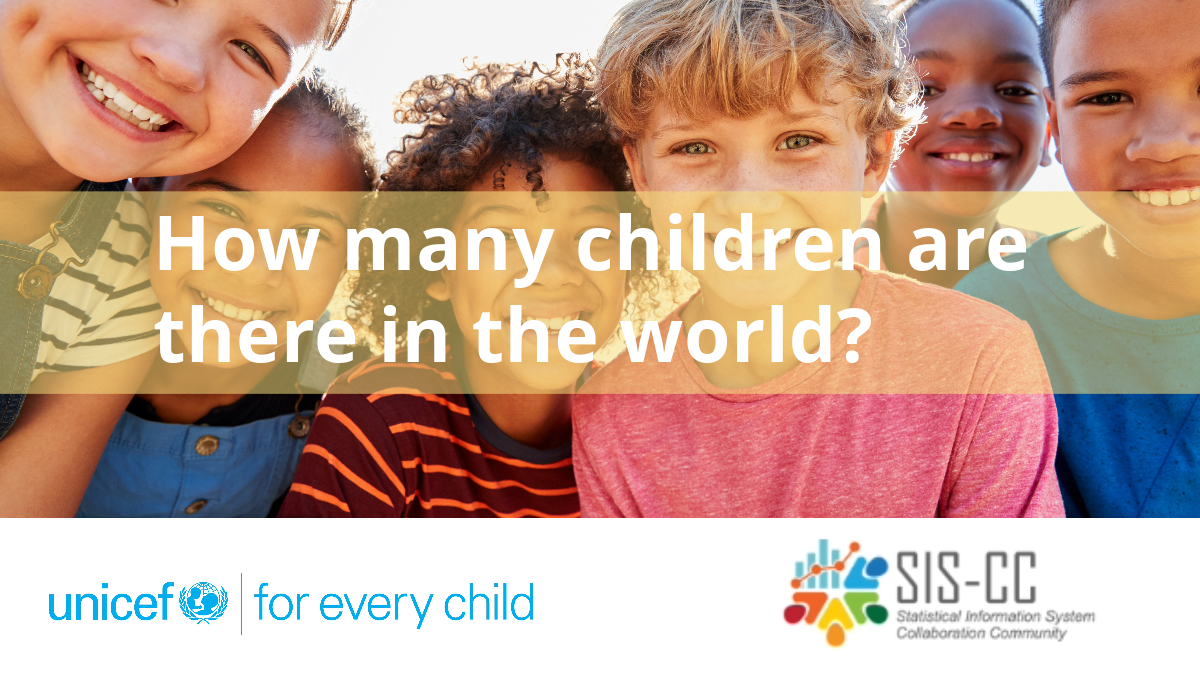
How many children are there in the world? How many of those have been vaccinated against polio? And how many are enrolled in school? UNICEF recently unveiled ‘How many’, an interactive search tool designed to provide precise answers to these and many other questions on the global situation of children. Policymakers, researchers and curious users alike can now easily look for the figures they need among the indicators collected by UNICEF thanks to the integration of advanced Natural Language Processing (NLP) in the UN agency data portal.
NLP allows computers to process text by combining computational linguistics with statistical models, machine learning and deep learning. UNICEF’s Natural Language Processing algorithm searches the pertinent databases to find the most relevant answers to a given query. Moreover, it redirects the user to the UNICEF Data Warehouse and dedicated pages on the topic, where more in-depth information can be found.
UNICEF, as the world’s leading source of child-related data, maintains a vast collection of internationally comparable databases, some of which span decades. This wealth of information is accessible through the Data Warehouse. The ‘How many’ tool, built in the image of a search engine, adds an easy-to-use point of entry to the data providing globally aggregated statistics on children’s well-being as well as more specific responses on specific countries.
The UNICEF ‘How many’ search engine is hosted within the UNICEF data explorer portal, powered by the .Stat Suite and based on the SDMX standard. UNICEF’s membership in the SIS-CC since 2018 has focused on harmonising processes, standardising reference data, and centralising data to make it more compatible for publication.
UNICEF’s ‘How many’ tool is a new and innovative way to put accessible data in the hands of the policymakers who influence decisions with real-life implications for children’s rights and well-being. Making this information more accessible to the public contributes to the awareness of child-related issues among a broader audience. This development underscores the importance of utilising appropriate tools to enhance global data accessibility – a shared goal among all SIS-CC members.


